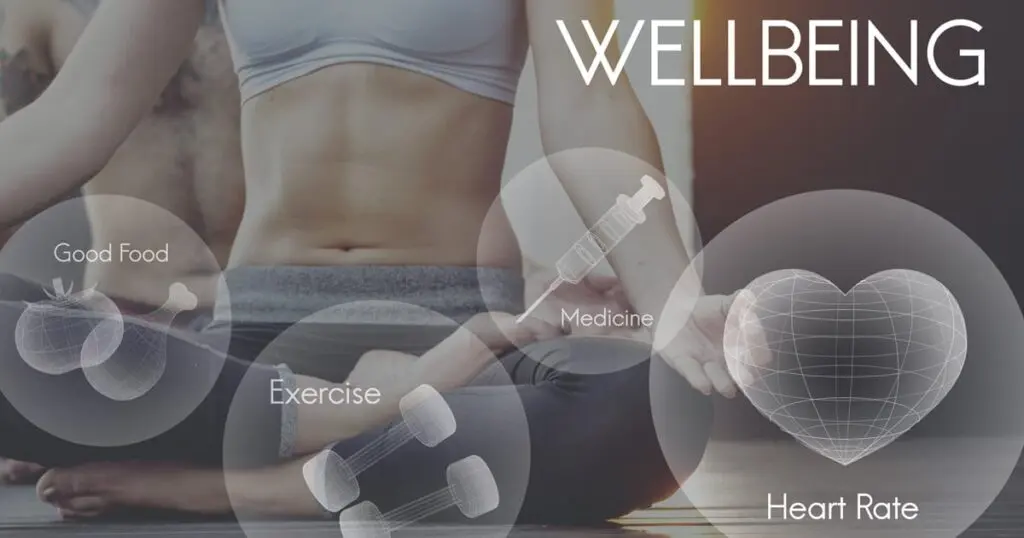This edition of our #lifecare blog series explores how products that enable consumers to take more control of health needs are creating a “well-being” state of mind.
 There has been a notable uptick in consumer use of products, services and web/mobile applications that cater to their increasing desire to maintain an overall healthy state of being. The connected wearable device category alone reached 453 million users in 2017, and it is projected to nearly double by 2021 (findings available here for Statista subscribers).
There has been a notable uptick in consumer use of products, services and web/mobile applications that cater to their increasing desire to maintain an overall healthy state of being. The connected wearable device category alone reached 453 million users in 2017, and it is projected to nearly double by 2021 (findings available here for Statista subscribers).
With consumer adoption of these “well-being” tools on the rise, one would think health systems and health plans would more proactively create and use well-being models to engage consumers. On the contrary, health systems and health plans have been slow to embrace such tools due to skepticism that they will change behaviors.
The motivational factors and support systems behind consumer resources for well-being data and counsel have yet to be orchestrated as part of a continuum that consumers can connect with in a meaningful, sustainable manner. Most likely, we will see growth in well-being funded by more external (non-healthcare) industry investments and non-traditional partnerships. This is telling, in that these new entrants clearly believe there are opportunities to capture and interact with the consumer. Although health-related products are nothing new, their scope and ubiquity are becoming grander and more pervasive.
The American Hospital Association, in its 2018 Environmental Scan, asserts that this elevated consumer “health ownership” is increasingly driving individuals to view healthcare through a consumer (rather than patient) lens. New expectations for a better experience enabled by technology are driving healthcare organizations and startups to find ways to embed technology into care delivery and lifestyle improvements that create a stronger sense of well-being.
The shift in reimbursement toward value-based and population health models is also calling upon providers to bring the consumer into the decision-making process, creating greater awareness and engagement. Most recently, the Centers for Medicare & Medicaid Services (CMS) threw its weight behind data sharing designed to put patients at the center of health decision-making. In April, CMS announced it may begin requiring hospitals to share electronic patient records with other hospitals, community providers and patients. While the specifics of the rule have yet to be finalized, CMS’s Data Driven Patient Care Strategy provides a clear look into the future of healthcare. According to CMS Administrator Seema Verma, “The [strategy] will empower patients with the information they need as consumers of healthcare to enable them to make informed decisions about the care they need.”
[bctt tweet=”With consumers becoming more involved in health/healthcare decisions, significant healthcare marketing and branding opportunities are at hand.” username=”DobiesGroup”]
With consumers becoming more involved in their health and healthcare-related decisions, significant healthcare marketing and branding opportunities are at hand. Healthcare providers have ways to engage consumers at deeper levels than ever before. To make true emotional connections with customers, organizations are developing strategies closely aligned with their corporate cultures to enable and promote an authentic brand experience. Hospitals and health systems across the country are changing their names and logos to reflect a focus on health as opposed to illness. They are demonstrating authenticity by becoming more involved in healthy initiatives in their communities through corporate social engagement. And they are focusing more and more on company culture – character inspired through leaders and demonstrated through core values – to promote consumer centricity in every interaction.
As consumers continue their quest for health as a state of well-being, we see the opportunity for health systems and health plans to embrace the future of healthcare as a consumer-centric industry tasked with keeping people healthy for life, rather than simply delivering care when they are not. Only then will they begin to show authenticity in their promises to consumers, ultimately increasing their overall impact today, and for generations to come.
Authors’ Note: For health system and health plan leaders who want to explore this topic in greater depth, I invite you to read our white paper, “The Emerging Lifecare Model: How consumerism is driving industry collaboration toward health and lifecare as a new strategic platform.” In the paper, we define lifecare as a new brand position that establishes a consumer-centric ecosystem offering integrated health-related services across the full continuum of consumer needs. We also explore lifecare as a platform strategy, as well as its implications on current and future opportunities for partnerships that make a meaningful difference on population health and well-being.
About the Authors
Julie Amor, President and Chief Strategy Officer for Dobies Healthcare, co-authored this article with Carol Dobies, our CEO and Founder. Julie and Carol each have deep industry experience that includes 30 years of building and elevating healthcare brands. Share your thoughts about this article by tweeting @DobiesGroup, connecting with us on LinkedIn, or by commenting on our Facebook page.



